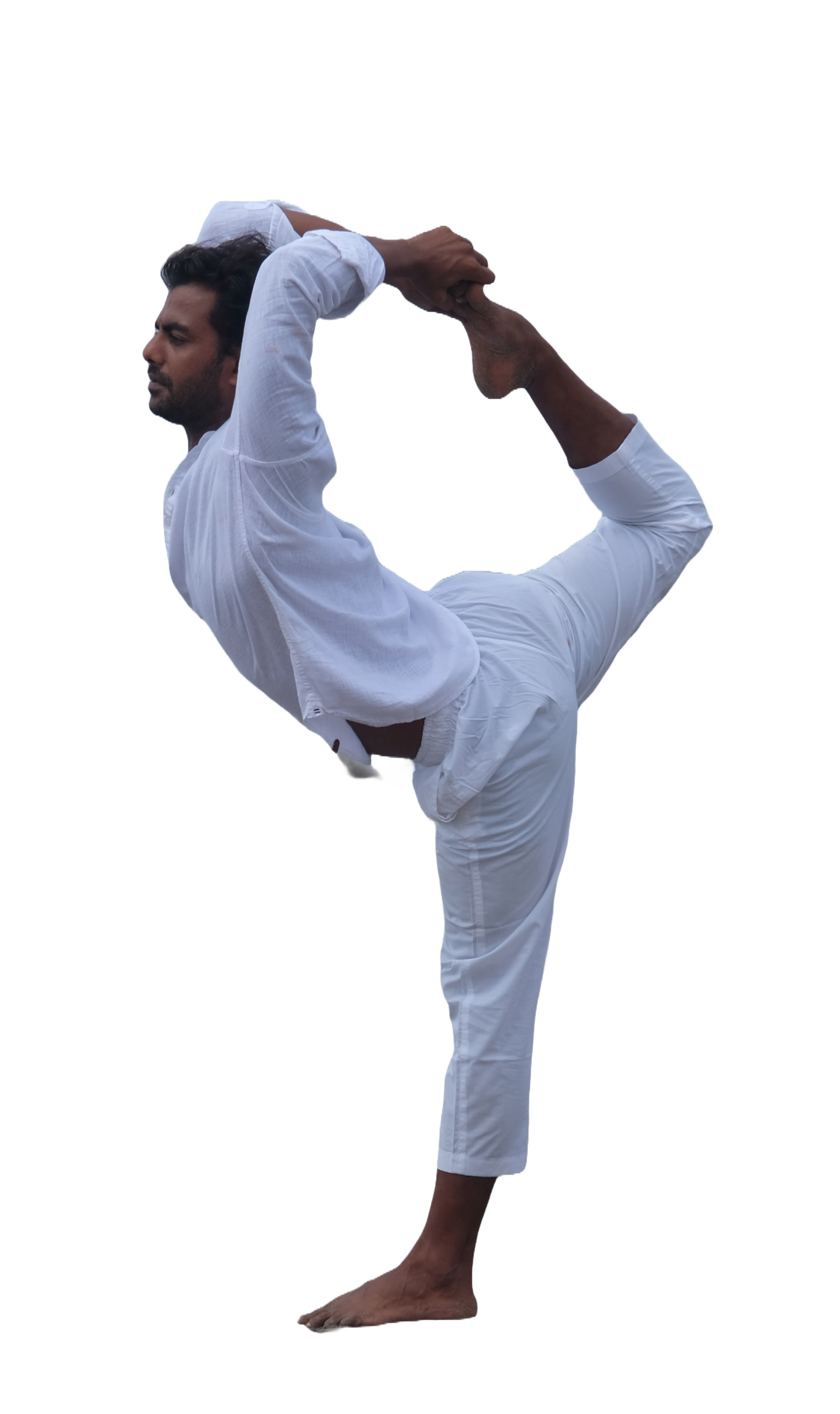-
-
Yoga Courses
Yoga Teacher Training India
Yoga Teacher Training Canada
Yoga Teacher Training Germany
Yoga Teacher Training Greece
Yoga Teacher Training Portugal
-
Yoga Retreats
-
YTTC Guide

Sanskrit: मयूरासन
Mayurasana, or Peacock Pose, is an advanced arm-balancing yoga pose that mimics a peacock. The name “Mayurasana” comes from the Sanskrit words “Mayura,” meaning peacock, and “asana,” meaning pose. In Indian mythology, the peacock is often associated with beauty, elegance, and immortality.
The story of Mayurasana is linked to the peacock’s symbolic meaning. According to ancient texts, the peacock’s colorful plumage and ability to consume poisonous snakes without harm symbolize the transformation of negative energy into something beautiful. Practicing Mayurasana is believed to help purify the body, balance the digestive system, and foster inner strength and resilience.
– Begin by kneeling on the floor with your knees slightly apart. Place your hands on the floor, between your legs, fingers pointing towards your feet.
– Bend your elbows and place them on either side of your navel, with the forearms parallel to each other. Your elbows should press against your abdomen.
– Lean forward, shifting your weight onto your hands. Your torso should come forward, and your legs should extend straight back.
– Gradually lift your legs off the floor, keeping them straight and together. Your body should be in a horizontal position, parallel to the ground or the legs are elevated a little higher.
– Engage your core muscles to maintain balance and stability. Keep your gaze forward to help with balance.
– Hold the pose for a few breaths, maintaining steady and even breathing. Focus on keeping your body straight and your elbows pressing into your abdomen.
– To release, slowly lower your legs back to the floor and return to the kneeling position.
– Mayurasana requires significant arm strength and helps build muscular endurance in the arms, wrists, and shoulders.
– The pressure of the elbows against the abdomen stimulates the digestive organs, improving digestion and alleviating digestive issues.
– This pose is believed to have a detoxifying effect on the body, as it stimulates the internal organs and improves blood circulation.
– Balancing the body horizontally on the hands enhances coordination, focus, and overall balance.
– Mastering this challenging pose can boost self-confidence and mental resilience, fostering a sense of accomplishment.
– Individuals with wrist pain or injuries should avoid this pose, as it puts significant pressure on the wrists.
– Those with elbow or shoulder problems should practice caution or avoid Mayurasana to prevent exacerbating the condition.
– Avoid this pose if you have abdominal injuries, ulcers, hernias, or recent abdominal surgery.
– Individuals with high blood pressure should avoid this pose due to the intense pressure it places on the abdominal region.
– Pregnant women should avoid this pose as it involves intense abdominal pressure.
– Beginners can place a cushion or bolster under the hips for additional support while attempting the pose.
– Place a block below the feet and lift one leg at a time.
– Build strength and balance by practicing forearm balances and other preparatory poses before attempting Mayurasana.
– Work on core-strengthening exercises to build the necessary strength for maintaining balance in this pose.
– Begin with bent knees and gradually extend the legs as you build strength and confidence in the pose.
Learn Other Poses:
Popular Courses in Bali
200 hour Yoga Teacher Training in Bali | 300 hour Yoga Teacher Training in Bali | 500 hour Yoga Teacher Training in Bali | 50 Hours Yin Yoga Training in Bali | 50 hours Pranayama Training in Bali | 50 hours Yoga Nidra Training Bali | 50 hours Arm Balancing Training Bali | 100 hour Ashtanga Training Bali
Popular Courses in Germany
200 hour Yoga Teacher Training in Germany | 300 hour Yoga Teacher Training Germany | 50 Hour Yin Yoga Training Germany | 50 Hour Pranayama Training Germany | 50 hour Yoga Nidra Training Germany | 50 Hour Arm Balancing Training | 100 hour Ashtanga Training Germany
We are offering a special price for the first 6 registrations
per month!
